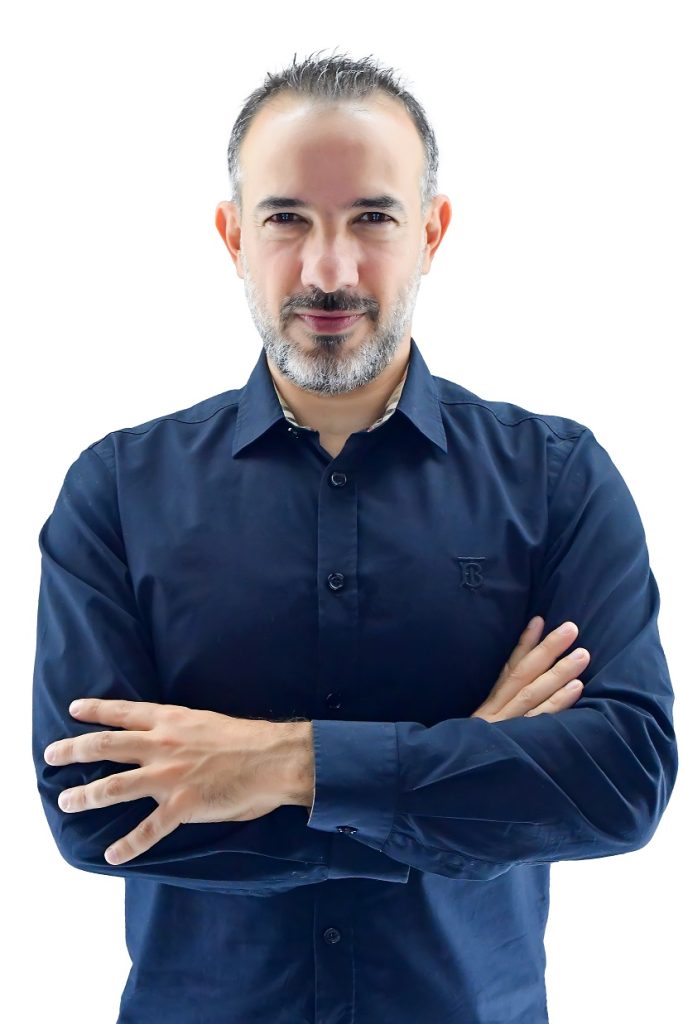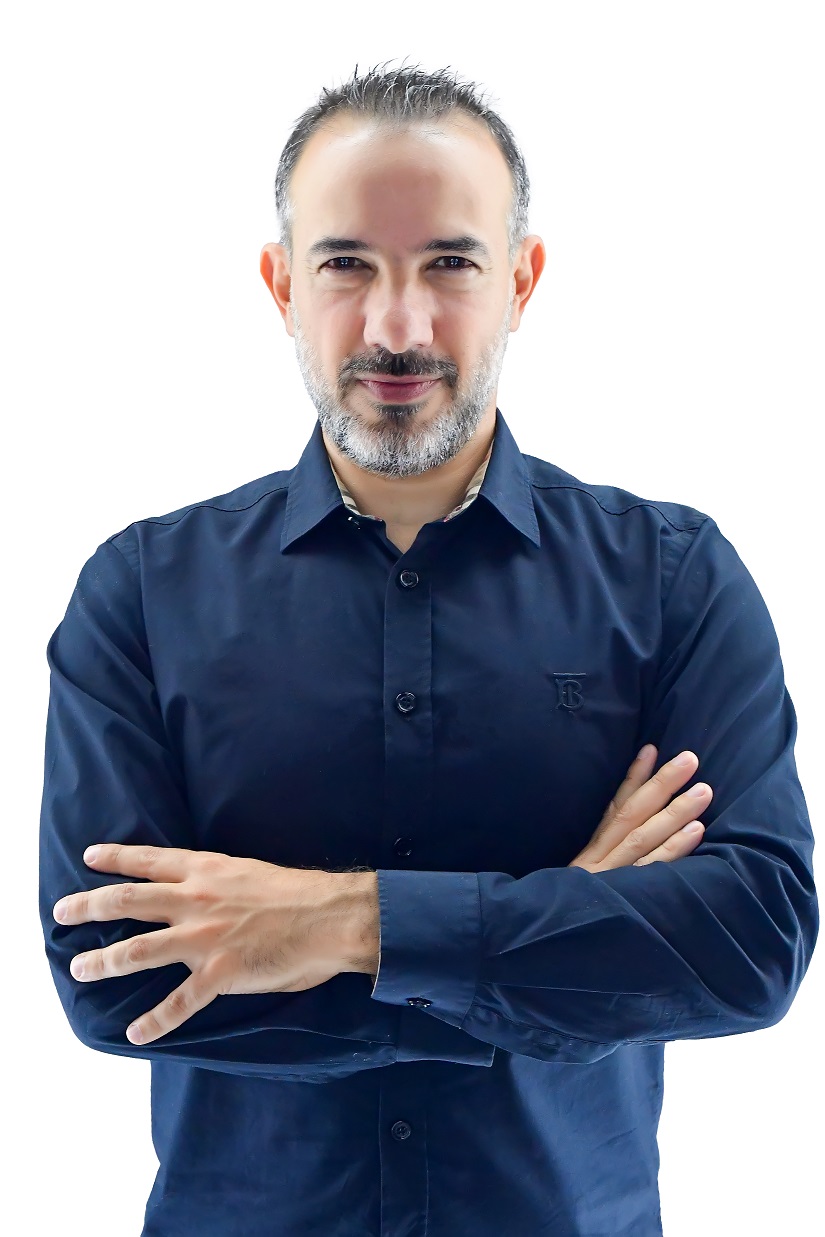
Rami Osman
As Africa races to meet the 17 objectives outlined in the United Nations’ Sustainable Development Goals (SDGs) by the 2030 target, it’s clear that traditional solutions to longstanding problems are no longer good enough. Impact investors, government, businesses and communities are looking to tech-driven innovation to address complex socioeconomic challenges.
The wide rollout of mobile networks, including high-speed 4G and 5G mobile broadband services, has already helped to catalyse significant growth and development across the continent. According to the GSMA, the mobile economy contributed $170 billion to sub Saharan Africa’s GDP in 2022, and is expected to rise to $210 billion in 2030. This sector directly supports 1.4 million jobs and indirectly supports 2.2 million jobs in the region.
Furthermore, it’s an enabler for achieving the SDGs through supporting access to healthcare services, educational material and economic opportunities for people throughout the continent. In addition, this infrastructure offers the foundation on top of which Africa can build a range of sophisticated, next-generation applications and services that will help drive growth and accelerate development.
From connectivity to prosperity
One of the most important opportunities lies within the Internet of Things (IoT), where Africa has an opportunity to become a leader in fields such as smart agriculture, clean electricity and connected cities. According to the World Economic Forum (WEF), the industrial IoT alone can add $14 trillion of economic value to the global economy by 2030. WEF says 84% of IoT deployments are currently addressing, or have the potential to address, the SDGs.
The IoT is a system of electronic devices – such as sensors, machines, and appliances – that can exchange data on a network without human intervention. Organisations can use the IoT to collect data, monitor and analyse devices and systems, and automate a wide range of business processes. 5G is a key enabler for IoT, providing the low latencies and high speed connectivity needed to support numerous networked devices.
Here are some examples of IoT applications that can directly address SDGs.
- Zero hunger: IoT could boost agricultural productivity by using sensors to monitor soil moisture, nutrient levels, and weather conditions. This helps farmers optimise water use, reduce waste, and improve crop yields.
- Good health and well-being: IoT devices can enable remote health monitoring and telemedicine, extending better access to healthcare for people in remote areas.
- Affordable and clean energy: IoT technology can improve energy efficiency and access by integrating smart meters and energy consumption monitoring, helping to balance energy demand and supply in off-grid areas.
- Climate action: Sensors could be used to monitor environmental changes and send real-time data to predict and warn about natural disasters such as floods, droughts, and landslides. Early warnings could help mitigate the impact of climate-related disasters.
- Sustainable cities and communities: Urbanisation is rapidly changing the face of Africa. IoT technologies are the foundation of smart cities, providing tools for city managers and urban planners for allocation of resources and monitoring quality of life metrics such as congestion, air and water quality, and power availability.
Leading Africa towards a greener tech era
At MediaTek, we are excited by the possibility of 5G networks and the IoT creating more sustainable and prosperous African cities and communities. Our Genio family of System-on-Chips (SoCs) empowers a diverse range of next-generation IoT devices across the continent. It offers a complete platform stack for IoT applications, from smart home appliances and industrial automation to connected healthcare.
The IoT can help address resource constraints as populations grow by allowing us to be smarter and more sustainable in everything from farming and energy to education and healthcare. But, it is essential to ensure that IoT tech is itself optimised for sustainability and efficiency.
This is a field where we invest a significant portion of R&D spending. We are, for example, focusing on RedCap, as defined in 3GPP Release 17 specifications. This scaled-down version of 5G technology enables a wide range of IoT devices to connect to 5G networks more efficiently and cost-effectively. It allows for smaller form factors, longer battery life, and lower costs.
Looking further down the line, our 6G vision incorporates sustainability, with energy efficiency and carbon-awareness at its core, as a fundamental cornerstone. As we refine our technologies, we are committed to contributing to a more equitable and sustainable future for all.
Rami Osman, Director for Business Development, MediaTek Middle East and Africa. He writes in his personal capacity.
INFO SUPPLIED.


